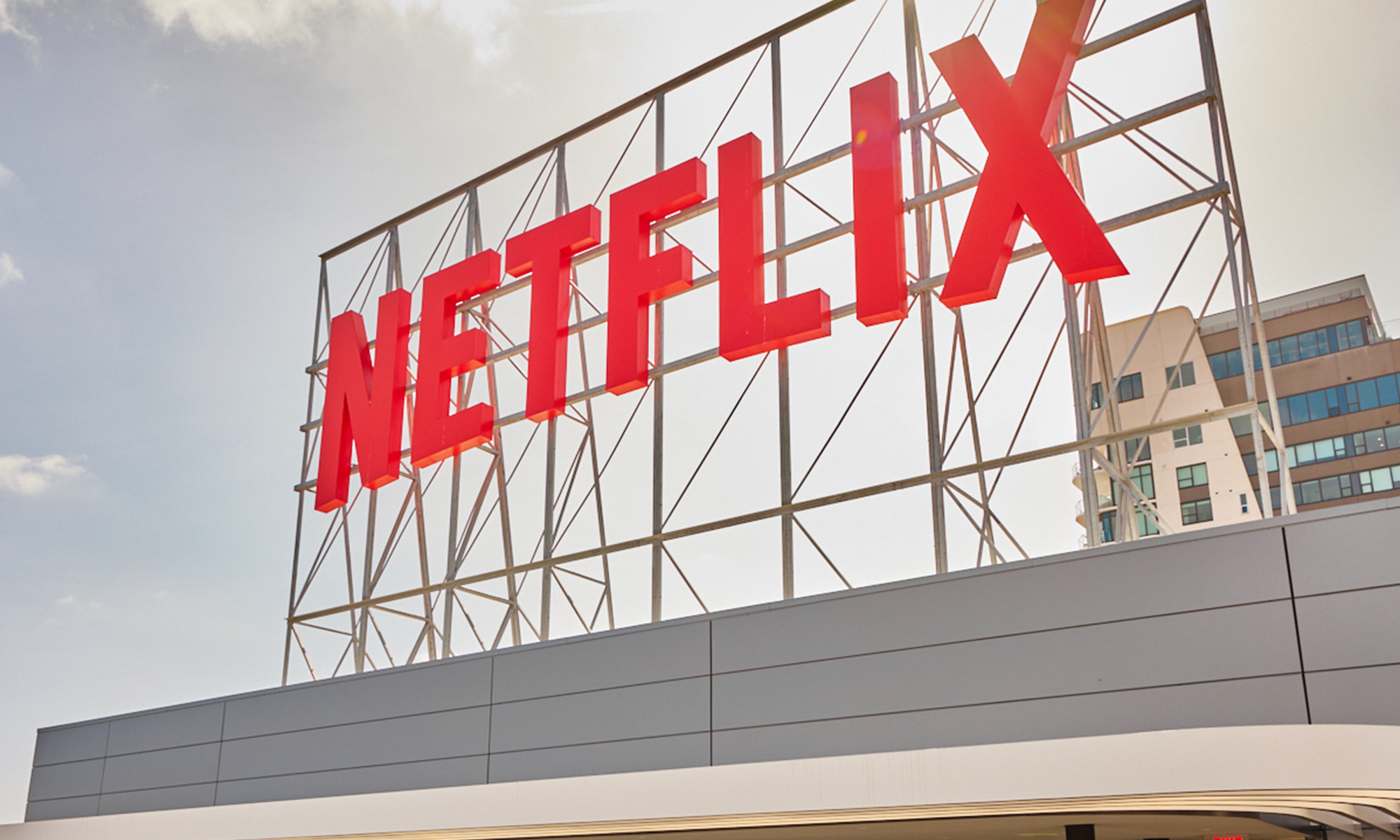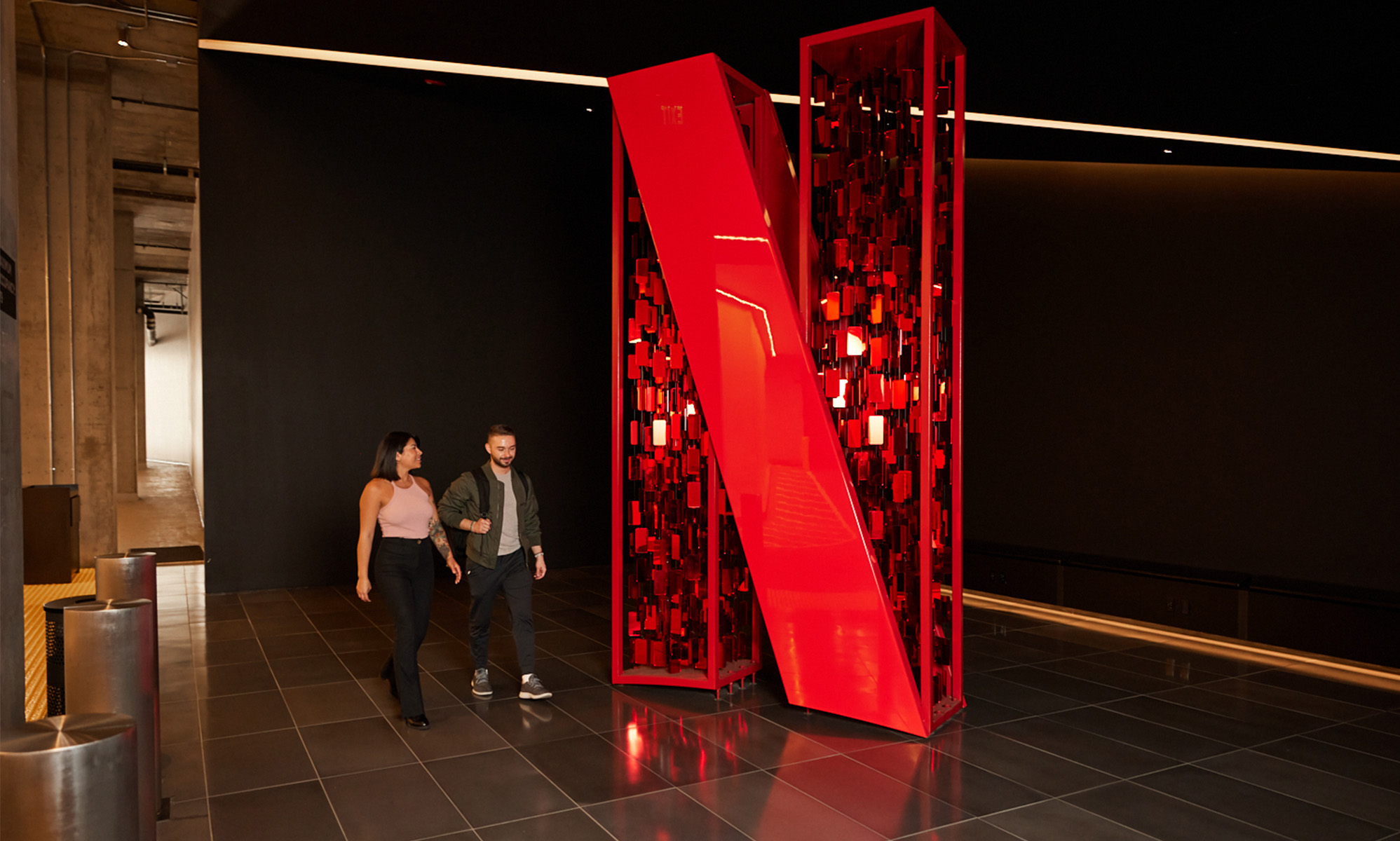Netflix (NFLX +1.44%) launched its ad-supported tier last month, and investors are eager to see how it fared.
After a report surfaced indicating the streaming service was falling short of guaranteed ad impressions for marketing agencies, it's no surprise signups for the low-priced tier are a bit scant. Digging into data on new signups provided by Antenna, an analytics firm, can provide investors with a better understanding of how Netflix fared in its first month offering an ad-supported version of the service.
Here are three numbers investors should know about Netflix's new ad tier.
1. 9% of signups
Of all the new signups in November, just 9% of subscribers chose the new Basic with Ads tier.
Antenna points out that this 9% figure is less than the 15% of new signups HBO Max saw for its ad-supported tier in its first month. That's not too surprising. There was very little lead time from inception to production for Netflix's ad tier -- just six months. And consumer awareness of the new ad tier is extremely low. By comparison, Warner Bros. Discovery's streaming service had an ad-supported tier in the works from the very start.
As consumer awareness increases, investors should expect the share of new signups to grow. HBO Max has seen ad-supported signups account for as much as 31% of gross additions in some months this year.
One interesting thing to keep an eye on as well is that new signups are opting for Basic with Ads instead of Netflix's higher-priced tiers. Netflix's standard and premium tiers accounted for just 49% of signups in November, versus 60% between May and October. If that trend continues, it could put downward pressure on average revenue per membership.

NASDAQ: NFLX
Key Data Points
2. 0.1% of existing Netflix users downgraded
Among the people signing up for Basic with Ads are 0.1% of Netflix's existing subscriber base. In other words, 1 in 1,000 existing subscribers downgraded to the lower-priced plan.
That compares favorably to HBO Max's 0.2% downgrade rate in its first month. The competing streaming service saw a significant number of users downgrading in the first six months of offering the ad-supported tier, but that has since leveled off to a small number every month.
Netflix could see an uptick in downgraded accounts once it starts cracking down on password sharing in earnest. The move could push those sharing an account to each sign up for their own separate accounts, and the Basic with Ads tier is a way to stay within budget.
On Netflix's third-quarter earnings call, Chief Operating Officer Greg Peters said the company doesn't see a lot of subscribers switching plans. But he noted that "the economics and the revenue will be fine as a result even if some of those consumers switch plans."
Investors can expect an uptick in downgrades in the near term. But once Netflix has worked through password-sharing crackdowns and the product is fully understood by consumers, it shouldn't be a big issue -- and the early results are encouraging.
3. 0.2% of total subscribers
As of the end of November, 0.2% of Netflix's U.S. subscriber base was on the Basic with Ads tier.
That number's naturally going to climb over time. HBO Max saw its ad tier go from 1% after one month to 12% a year after that, and 21% after 18 months. The share of subscribers is notably lower than other streaming services with ad-supported options, though.
Investors should expect a relatively small percentage of Netflix's subscriber base to choose the ad-supported tier. Like HBO, it has a long history of commercial-free viewing. What's more, it has a massive existing subscriber base, and, as mentioned, not very many are going to downgrade their accounts.
Overall, investors should expect the Basic with Ads tier to attract new subscribers or subscribers who previously left the service. It may also include account sharers finally setting up their own accounts. The early data is mostly in line with expectations set forth by management, perhaps with a slight underperformance in new signups and a skew toward the low-priced plans.
While that may mean a slow start for the ad tier, investors have no reason to doubt Peters' previous comment from the earnings call after just one month. "When you factor in those extra members, we expect this leads to a significant and incremental revenue and profit stream," he assured investors.





